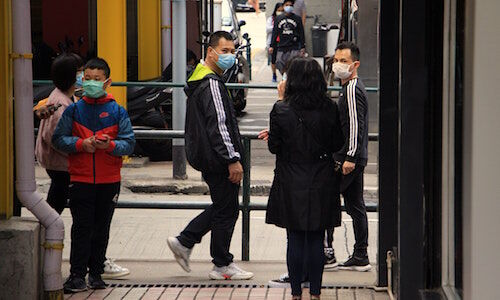China Reduces Bad Loan Support for Smaller Banks
Chinese regulators noted that rising bad loans remained under control amidst the pandemic but signaled less support for small to mid-sized banks moving forward.
The non-performing loan ratio climbed to 2.04 percent as of March-end, up 0.06 percent from December-end, according to the China Banking and Insurance Regulatory Commission (CBIRC). Although the NPL ratio would continue rising in the second quarter, overall risks remain under control said CBIRC chief risk officer Xiao Yuanqi.
During the same period, China released around 7.1 trillion of new loans ($1 trillion), up 20 percent year-on-year.
Small Business Support
The broader banking system aside, regulators also signaled a shift in support from bad loan coverage at small and mid-sized banks (20 percent reduction in phases) to credit for small and micro-sized businesses. Plans have been drafted to restructure the small and medium-sized banks through mostly «market-oriented» means.
In addition, Chinese banks have also agreed to delay 880 billion yuan (US$124 billion) in loan repayments from smaller businesses and rolled over 577 billion ($81.5 billion) yuan of debt in the same period.
The relatively controlled default rates do not necessarily translate to efficient credit allocation – and in the current case, to efforts combating the pandemic – evidenced by increasing reports of relief fund misuse. Most recently, regulators suspected that funds were borrowed under the guise of relief had flowed into the Shenzhen property market.






















